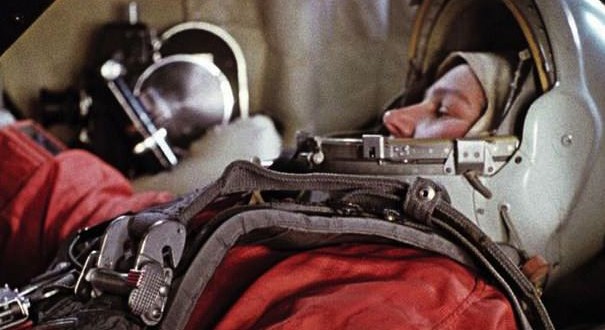A writer for Slate magazine who spent four months in a simulation that attempted to replicate life on Mars says the first visitors to the Red Planet should be women.
Kate Greene who studied the sleeping habits of the ‘crew’ and estimated caloric expenditure found that “it was rare for a woman on crew to burn 2,000 calories in a day and common for male crew members to exceed 3,000,” even when everyone was getting the same amount of exercise.
Reporting all of her finding for Slate she found that male crew members also ate more, and even voiced difficulty maintaining their current weight during the study.
“At mealtime, the women took smaller portions than the men, who often went back for seconds,” she said.
In an environment where every kilo counts, and not only do lower caloric needs reduce costs, so does the on-average smaller personal mass of female astronauts.
The calorie requirements of an astronaut play a large role in planning a mission as Greene explained, “the more food a person needs to maintain her weight on a long space journey, the more food should launch with her. The more food launched, the heavier the payload. The heavier the payload, the more fuel required to blast it into orbit and beyond. The more fuel required, the heavier the rocket becomes, which it in turn requires more fuel to launch.”
Wondering if anyone else had also noticed this, Greene delved further and found that in the 1960s NASA had spent time training a female astronaut.
“Despite extensive training and excellent performance, the women in the program were dismissed. Some of the reasons included fears about public relations if female astronauts were killed, as well as NASA’s reliance on military pilots, who at the time were only male,” Greene said.
While Russia’s Valentina Tereshkova became the first woman in space in 1963, it was another two decades before America did the same with Sally Ride.
However Harry Jones, a NASA researcher who’s published a paper on the caloric requirement disparity between genders, notes, “it’s not really politically correct to mention that size, body type, gender, intelligence, agility, emotional structure, education, and other individual differences might all affect the cost-benefit equation in astronaut selection,” says Jones.
“Really, the issues are all about crew performance including group dynamics, individual psychology, etc.”
Agencies/Canadajournal
 Canada Journal – News of the World Articles and videos to bring you the biggest Canadian news stories from across the country every day
Canada Journal – News of the World Articles and videos to bring you the biggest Canadian news stories from across the country every day



